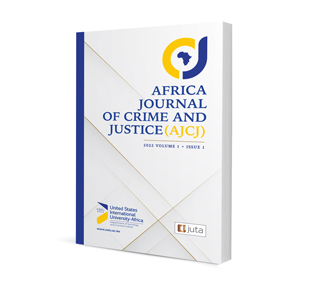Why the Preference for Xeer in Somalia Surged during the Coronavirus Pandemic

Why the Preference for Xeer in Somalia Surged during the Coronavirus Pandemic
Author: Doreen Muyonga
ISSN: 2958-8162
Affiliations: United States International University-Africa, Nairobi, Kenya
Source: Africa Journal of Crime and Justice 2022, p. 167 – 183
https://doi.org/10.47348/AJCJ/2022/a7
Abstract
The coronavirus pandemic has tested the resilience of justice systems across the world. The enforcement of public health measures such as lockdowns, curfews, social distancing, and stay-at-home orders posed serious challenges to access to justice in most jurisdictions. However, in Somalia, the resilience of its traditional justice system, Xeer, saw it continue to render relatively quick justice that was otherwise lacking following the closure of the government’s justice system. This article seeks to explain why the preference for Xeer increased during the pandemic. The article begins by providing background information about Somalia’s justice systems. It goes on to explain how Xeer works. It also discusses the challenges posed by the pandemic in respect of Somalia’s formal justice system. More importantly, it explains why Xeer was preferred during the pandemic. The article finds that the realities brought about by the pandemic, such as lockdowns, cessation of movement, social distancing, curfews, and loss of livelihoods, had minimal impact on Xeer’s functioning. This is because the process is conducted at the community level mostly under a tree, by clan elders at no cost, making it possible for locals to continue accessing uninterrupted justice. The article recommends strengthening Xeer since it has demonstrated its ability to fill the gap of a weak government judicial system.